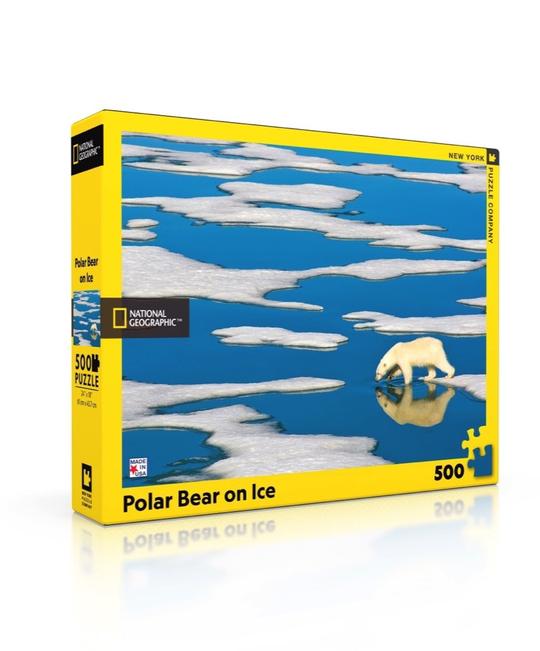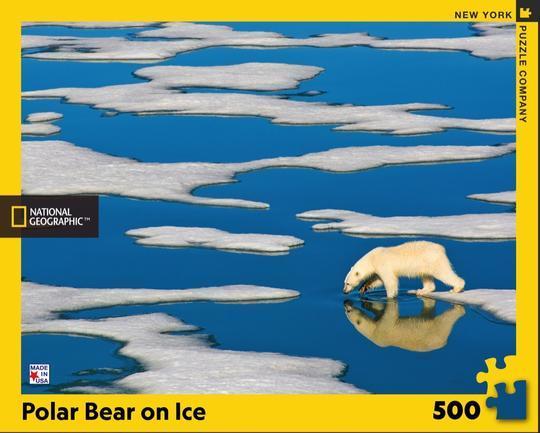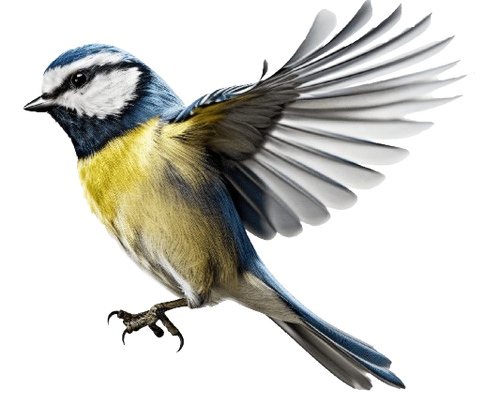Polar Bear On Ice 500 Piece Jigsaw Puzzle
Polar Bear On Ice 500 Piece Jigsaw Puzzle is backordered and will ship as soon as it is back in stock.
- Pickup available at: Available for Home Delivery Check availability at other stores
- Local Store Inventory: 100+
- Available for Home Delivery: 1
- Sku: NYP-G1990
- Vendor: New York Puzzle Company
- Whole Inquiry? Contact Us
Description
Description
Polar bears (Ursus maritimus) live along shores and on sea ice in the icy cold Arctic. When sea ice forms over the ocean in cold weather, many polar bears, except pregnant females, head out onto the ice to hunt seals, which is their primary food. Polar bears often rest silently at a seal's breathing hole in the ice, waiting for a seal in the water to surface. A polar bear may also hunt by swimming beneath the ice. They are very strong swimmers, and their large front paws, which they use to paddle, are slightly webbed.
Living in one of the planet's coldest environments, polar bears depend on a thick coat of insulated fur, which covers a warming layer of fat. Fur even grows on the bottom of their paws, which protects against cold surfaces and provides a good grip on ice. The bear's stark white coat provides camouflage in surrounding snow and ice. But under their fur, polar bears have black skin—the better to soak in the sun's warming rays.
In fall, pregnant polar bears make dens in earth and snowbanks, where they'll stay through the winter and give birth to one to three cubs. In spring the mother emerges from her den followed by her cubs. Young cubs live with their mothers for some 28 months to learn the survival skills of the far north.










